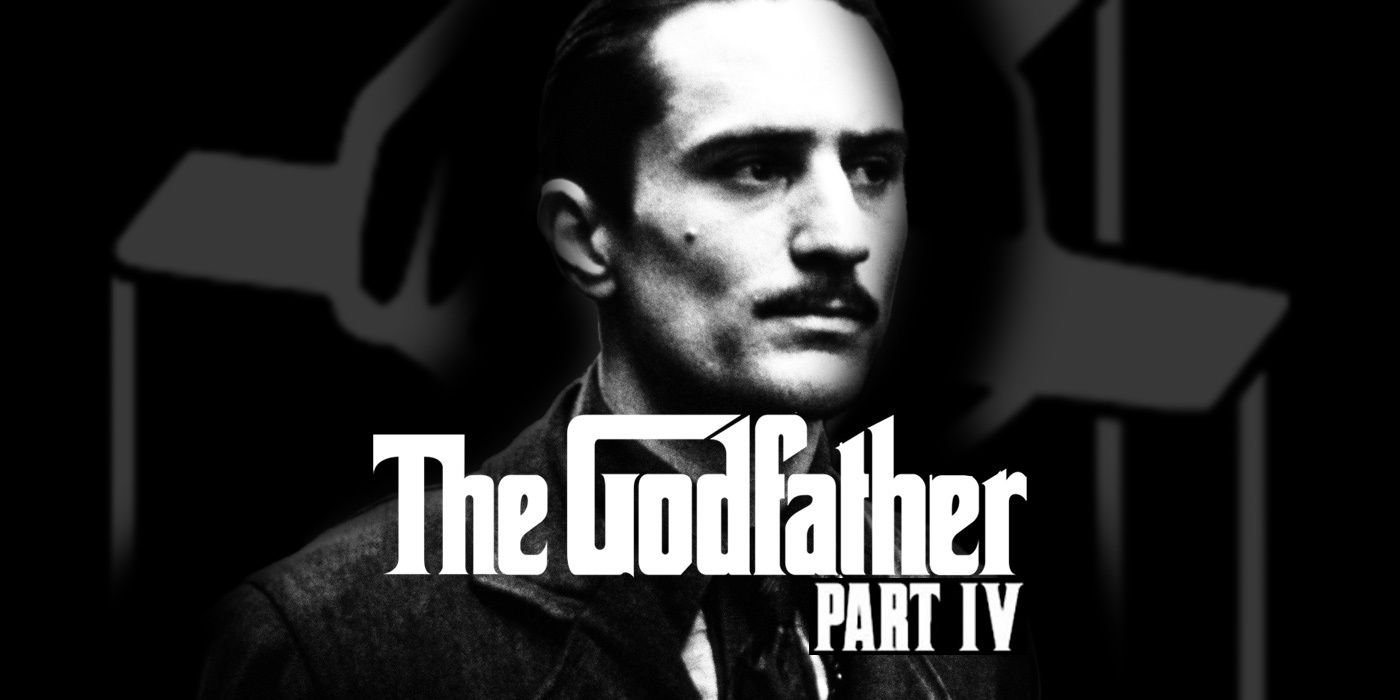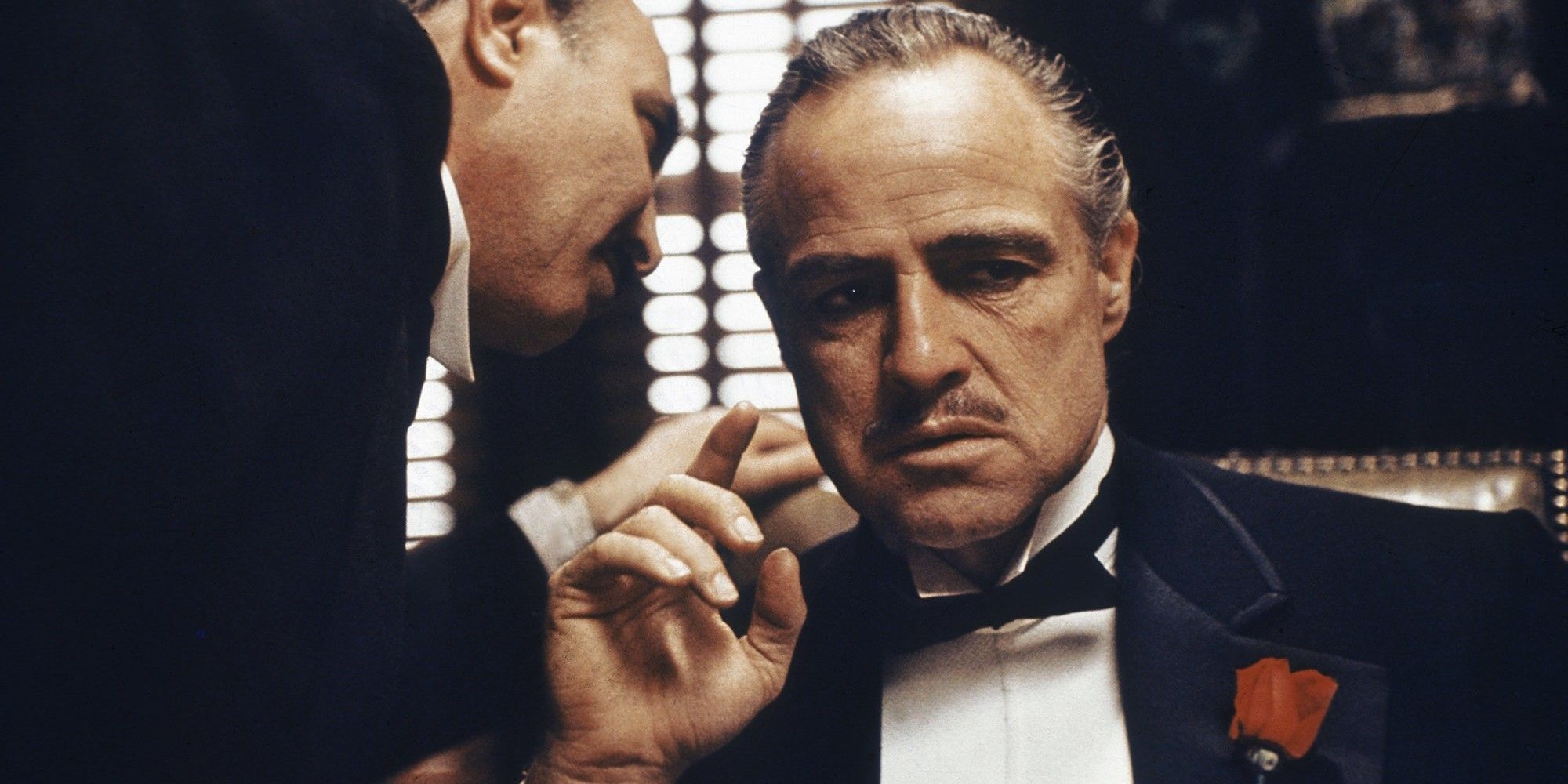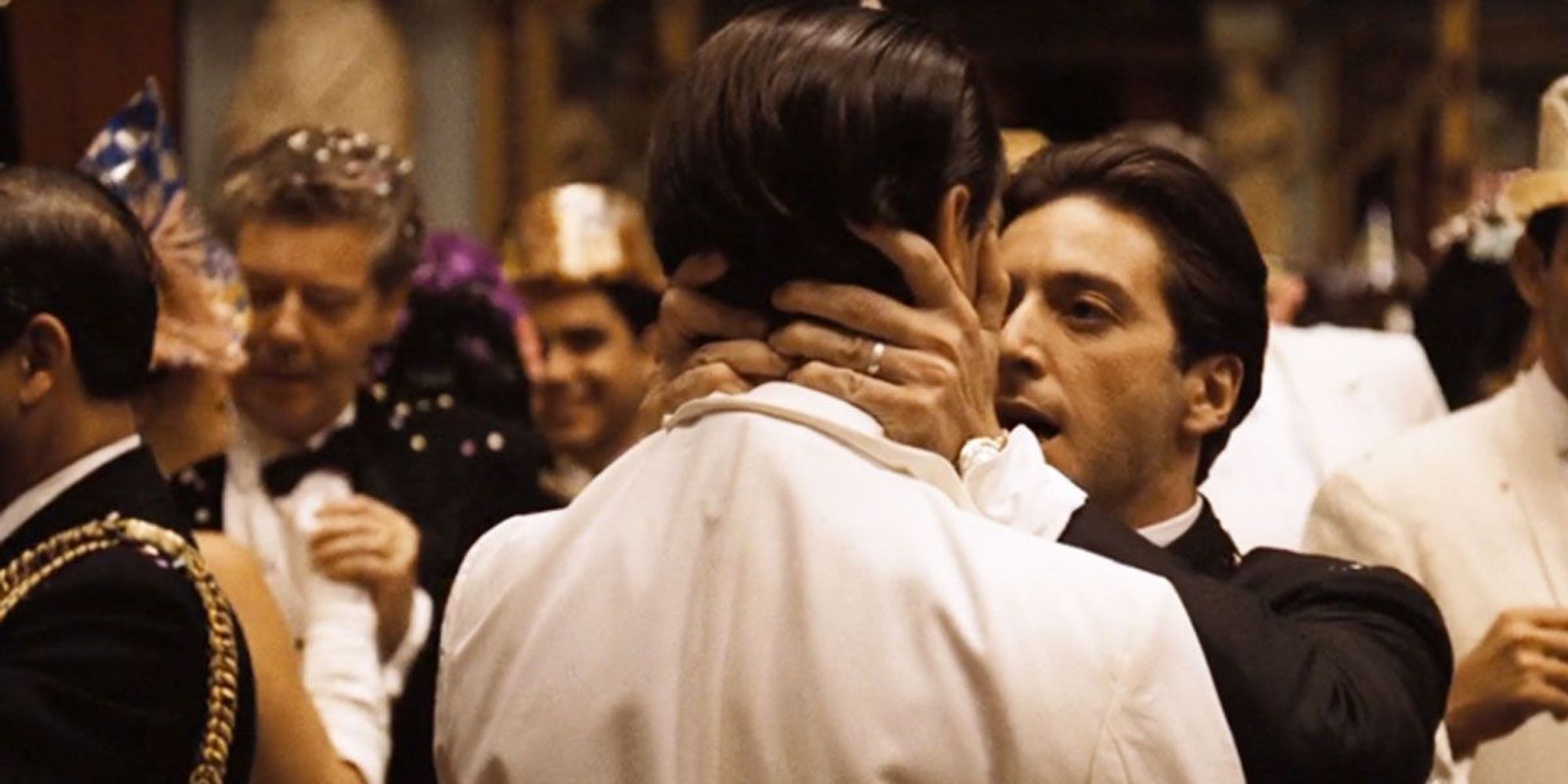Few filmmakers or film professors would argue that The Godfather isn’t one of the most important achievements in cinematic history; in fact, most official polls assembling the greatest films of all-time come down to a fierce competition between The Godfather and Citizen Kane. Francis Ford Coppola’s mafia epic is celebrating its fiftieth anniversary next month, giving the cinephile community the chance to see one of the most iconic films ever made on the big screen (and grant the lucky few who’ve never seen it the unparalleled chance to see it for the first time in its intended format).
Although it's often cited as the best of all-time, there’s not even a consensus on whether or not it's the best film within The Godfather franchise. 1974’s The Godfather: Part II, the epic prequel and sequel to the original story, is one of the most perfect movie sequels ever. However, 1990’s The Godfather: Part III was not that at all. After many production setbacks, the trilogy’s conclusion finally landed and felt like an awkward melodramatic capper to the grounded tone of the first two installments. Al Pacino’s ruthless Michael Corleone was transformed from a slick operator into a sentimental old man attempting to atone for his sins, and that goes without mentioning Sofia Coppola’s notoriously embarrassing debut acting role as Michael’s daughter Mary.
The Godfather: Part III will perhaps always be remembered as the “good, but not great” ending of the trilogy, but it nearly wasn’t the last installment in the cinematic Corleone story. Following the extremely divisive response to the third film, Coppola planned to win back disappointed fans by developing a fourth film that would return to the series’ roots. Coppola approached his co-writer and the author of the original novels, Mario Puzo, about a new sequel.
The Godfather: Part III left the Corleone legacy on an open note. Prior to the tragic murder of Mary and his eventual death of heartbreak and aging, Michael names his nephew Vincent Manchini (Andy Garcia) as the new head of the family. Garcia’s brilliant performance as the illegitimate son of Michael’s brother Sonny (James Caan), infamously murdered in the first film, was one of the few bright spots in the film. Combining his father’s quick temper with his uncle’s mastery of deception, Vincent launched a new generation of gangster culture. Garcia received an Academy Award nomination for Best Supporting Actor for his performance, and although most of the noms tossed The Godfather: Part III’s way felt obligatory, Garcia’s recognition was completely earned.
Although fans may have been cagey about another attempt to revitalize the series, the future of Vincent’s reign was enough to spark interest. Coppola intended to continue Vincent’s story while also exploring the exploits of his father, and would utilize a structure similar to The Godfather: Part II and set the story in two intersecting timelines. One story would focus on Vincent’s new responsibilities as the next “Godfather” throughout the 1980s as he copes with his cousin’s death, and suffers from the same political scheming that targeted his predecessors. The other would be a prequel storyline set in the 1930s, in which Vincent’s father Sonny made early bids for the Corleone family as they established their connections.
Garcia’s involvement was enough to gain interest, but even more exciting were the casting announcements made regarding the prequel timeline. Not only was Robert De Niro set to reprise his role as Vito Corlone, stepping back into the role that won him his first Academy Award, but Leonardo DiCaprio was set to portray the young Sonny. It would’ve been fascinating to see De Niro step into a slightly older version of Vito that edged closer to Marlon Brando’s age, and DiCaprio’s star power had only continued to rise throughout the late ‘90s.
The Godfather: Part IV would have asked a fascinating question: can you tell a Corleone family story without Michael? Not only did the character’s death prevent him from appearing in the future storyline, but he most likely wouldn’t have interacted much with the younger Sonny due to his wartime service overseas. Talia Shire was set to reprise her role as Michael’s sister Connie, and there was also talk of bringing back Robert Duvall’s Tom Hagen. Duvall hadn’t appeared in The Godfather: Part III, and although Tom was referred to as being deceased, little details were provided.
Unfortunately, the film fell apart due to Puzo’s death in 1999. Without the inspiration of the original author’s input, Coppola didn’t feel comfortable developing another project. Although the box office success of The Godfather: Part III certainly hadn’t made Paramount Pictures disinterred in producing another project, Coppola’s own productivity had stalled as he became involved with a series of lawsuits in the late ‘90s. Following the box office disappointment of his John Grisham adaptation of The Rainmaker at Paramount, Coppola wouldn’t direct another feature for a decade. The idea of doing a new The Godfather film without either of the two primary creators was sacrilegious.
There were other attempts to continue the Corleone story in other media. Puzo’s novels received the new sequels The Godfather Returns and The Godfather’s Revenge from author Mark Winegardener, but the events vary drastically from those established in the films. Author Edward Falco attempted to adapt Puzo’s segments of the unproduced screenplay into his 2012 novel The Family Corleone, but the publication sparked a lawsuit from Paramount that resulted in the studio retaining all rights to future installments.
The prospects of any movement occurring on the film now seem unlikely, but some of the key players may still have some interest. Garcia looked back on his experience fondly and expressed interest in returning to play Vincent again, although he admitted he likes to see his story as an extended series. Coppola recently released a revised director’s cut of Part III in 2020 titled Mario Puzo's The Godfather, Coda: The Death of Michael Corleone, which had a limited theatrical release and sparked much more favorable responses. Coppola is returning to the director’s chair for the first time since the critical failure of his horror film Twixt in 2011 for his ambitious science fiction epic Megalopolis.
Perhaps the possibility of The Godfather: Part IV seems more viable now due to the continuing success of “legacy sequels.” Films like Blade Runner 2049, Star Wars: The Force Awakens, and Top Gun: Maverick have reunited their original stars with a younger cast of characters, and all found both tremendous box office and critical success. While The Godfather isn’t an action film like the “legacy sequels” we generally see, it was a blockbuster during its time. It briefly held the #1 spot on the all-time box office chart before Jaws officially passed it a few years later. Given the surge in popularity for the original trilogy thanks to their 4K restoration and availability on Paramount+, The Godfather could end up being the next big franchise that sees a modern soft reboot.
The Godfather nostalgia is stronger than ever; both Dexter Fletcher’s Paramount+ series The Offer and Barry Levinson’s film Francis and the Godfather chronicle the production of the original film and are set to debut this year. With newfound appreciation for the series' proper conclusion thanks to the director’s cut, The Godfather: Part IV remains one of the most fascinating “could have happened” stories in modern franchise history.



